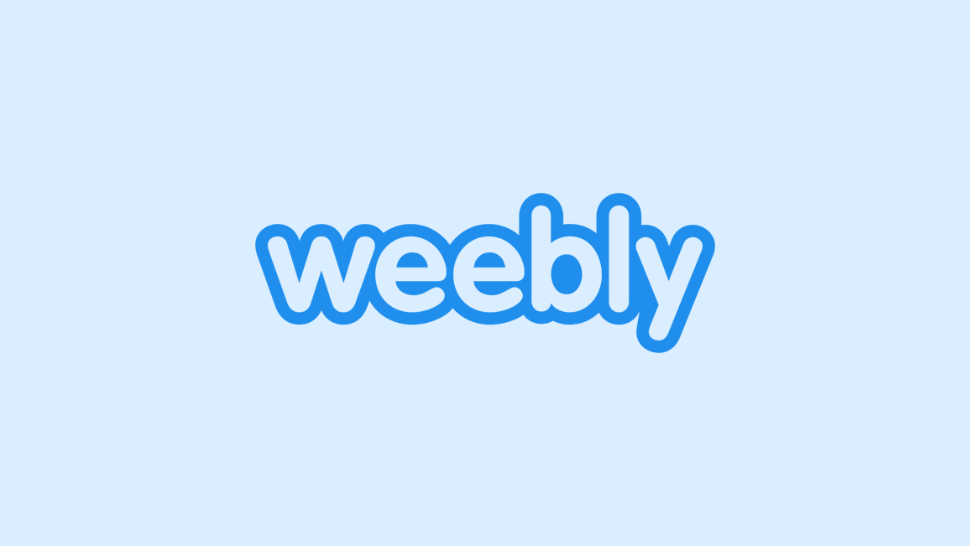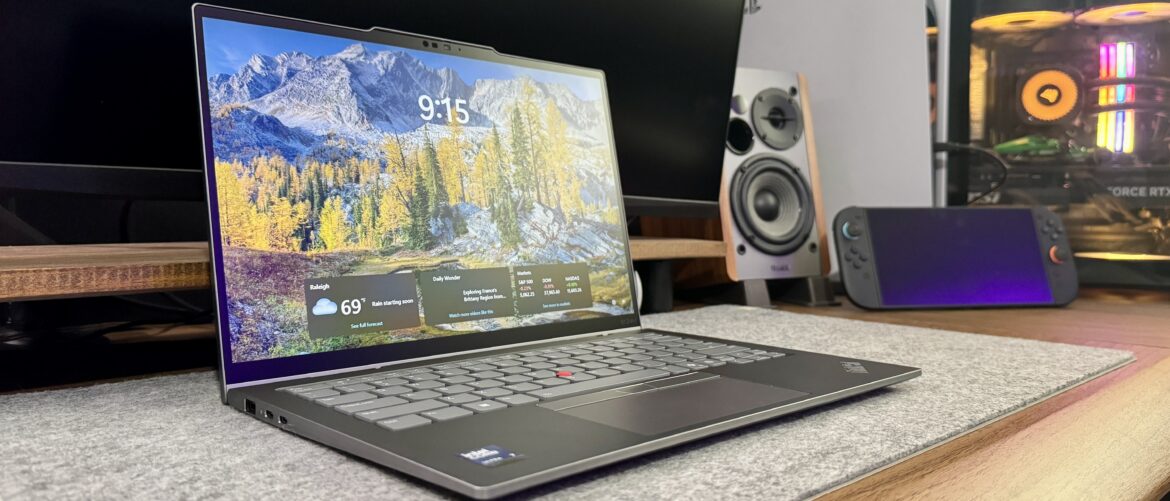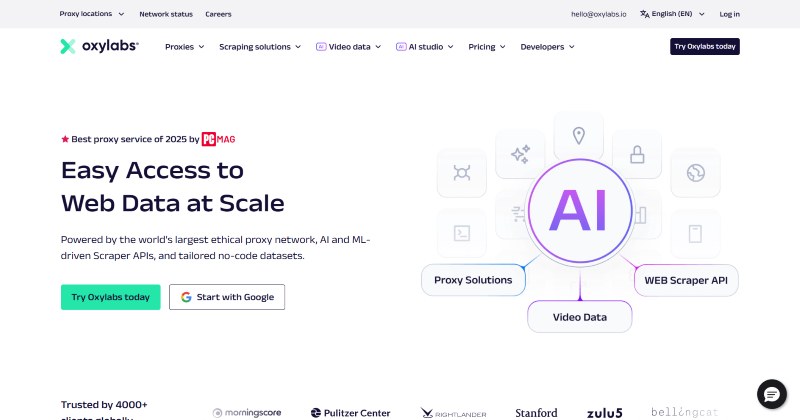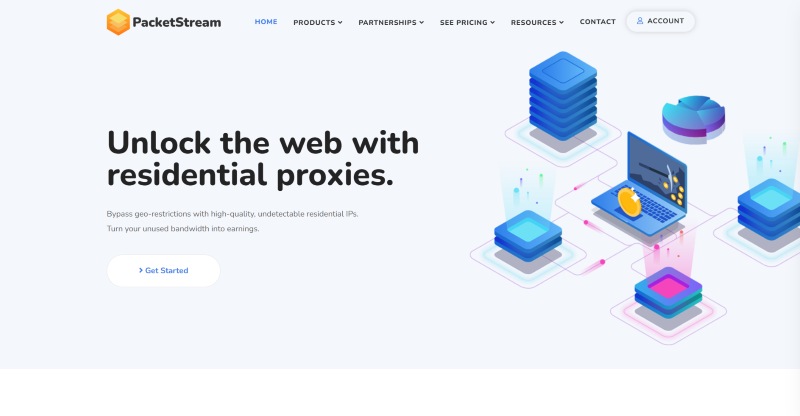Why you can trust TechRadar
We spend hours testing every product or service we review, so you can be sure you’re buying the best. Find out more about how we test.
Weebly is a functional, affordable, and easy-to-use website builder, but it is no longer considered one of the best website builder platforms on the market.
While it has a unique advantage with its free plan that includes basic ecommerce, the platform has not seen any major feature updates since 2018, making it an outdated option for more advanced online stores.
Offering simplicity and a low cost, Weebly does rank amongst the best small business website builders. But if you want robust features, you won’t find them here.
What is Weebly?
Weebly is a website builder that helps anyone create websites without coding. You drag and drop elements like text, images, buttons, and forms onto your page. Weebly takes care of the coding behind the scenes.
Founded in 2006 by three college students at Pennsylvania State University, Weebly was supposed to help students build online portfolios. Now, it’s owned by Block, Inc. (formerly Square) and has become a complete website solution. It includes hosting (where your site lives), domain registration (your website address), and design tools all in one place.
What makes Weebly easy for beginners is its What You See Is What You Get (WYSIWYG) editor. Changes you make in the editor are exactly what visitors see on your live site. You start with about 50 pre-designed templates and customize them with your content. Weebly manages technical details like mobile responsiveness (making your site look good on phones) and security, so you can focus on your content.
Weebly also supports ecommerce, letting you set up an online store to sell products directly. A standout feature is that you can sell unlimited items even on the free plan—something many competitors don’t offer. This is especially appealing for small businesses or entrepreneurs testing online selling without a big investment.
Weebly: 2-minute review
Weebly is a budget-friendly website builder that has been around since 2006. However, it has stagnated since Square (now Block, Inc.) acquired it in 2018. It makes website creation simple for beginners, but its limited customization and outdated templates aren’t enough to support professional designs.
The platform shines in ecommerce, though. It allows selling unlimited products, even on the free plan. It could appeal to small businesses on tight budgets or entrepreneurs testing new business ideas. Still, there are key drawbacks, like transaction fees on lower-tier plans and limited integration with payment platforms.
There’s basic SEO tools, but they lack the depth of competitors. Its marketing features are also disappointing compared to more modern options. Competitors like Wix and Squarespace provide more modern features, better designs, and stronger growth potential — though at a higher price point.
Features
Weebly provides a reliable set of features, but they feel outdated and insufficient for anything but the most basic websites. (Image credit: Weebly)
Weebly provides a reliable set of features, but they feel outdated and insufficient for anything but the most basic websites. That said, we were impressed with the ecommerce options. You can sell unlimited products even on the free plan, making it a great option for new stores that rely on volume sales. The platform also offers tools for inventory management, product reviews, shipping calculators, and coupon creation.
However, since its acquisition by Square (now Block, Inc.) in 2018, updates have been rare. This leaves Weebly trailing behind competitors like Wix, which now offers AI tools, advanced editing options, and many more templates.
Weebly’s App Center offers some flexibility with 350+ apps and integrations across various categories, like ecommerce and social. But, we found the selection still pretty limited compared to competitors. There are fewer big-name integrations, though ecommerce users can access the larger Square App Marketplace.
Weebly is still one of the best blogging sites out there, thanks largely to its affordable price tag and simple to use blogging tools.
At a starting price of $10/month for paid plans, Weebly provides decent value, especially for beginners or small businesses with basic needs. Yet, the value declines for advanced users who may need richer features from competitors.
Tools
Weebly offers customizable templates, mobile-responsive designs, and analytics that track opens and clicks. (Image credit: Weebly)
Weebly offers various tools to help users create and manage websites easily. Our testing showed these tools are mostly user-friendly, but they lack the advanced features of newer competitors. Here’s a summary of Weebly’s main tools:
Drag-and-drop editor
Weebly’s drag-and-drop editor is central to its website building experience. You can add content like text, photos, maps, and videos by dragging them into place. The editor uses a row-based structure, which is great for symmetry but limits creative freedom.
Ecommerce tools
Most of Weebly’s standout features lie in its ecommerce tools. You can manage inventory, display product reviews, and handle sales. We liked the inventory tracker, which updates shoppers when items run out. There are shipping and tax calculators too. A coupon builder lets you create custom discounts, while automated emails help with order confirmations and shipping updates.
Marketing suite
Weebly Promote is the platform’s email marketing tool. It integrates smoothly with your website to turn visitors into customers. The system offers customizable templates, mobile-responsive designs, and analytics that track opens and clicks. Our tests revealed that the email editor is easy to use, with many options to import and segment contacts. While it may not match dedicated email marketing platforms, it offers enough for small businesses.
SEO features
Weebly offers basic SEO tools for customizing URLs, title tags, meta descriptions, and image alt texts. It supports 301 redirects and automatically compresses large images to boost page load speed. We liked that you can manage product SEO settings right in the product popup window. This keeps SEO in focus. The dashboard shows basic analytics to track site performance, but it doesn’t match the depth of dedicated analytics platforms.
App center
The App Center enhances Weebly with over 350 apps and integrations in five areas: e-commerce, communication, marketing, social media, and site tools. We found good filtering options and a helpful search function. While the selection is smaller than most rivals, it still offers basic options for adding social feeds, managing contact forms, using live chat, etc.
Ease of use
Weebly is built for simplicity, making it one of the easiest website builders currently on the market. It has a live editor that lets you preview changes in real time. For beginners, this makes website creation less intimidating. We built basic pages within minutes of signing up, without needing tutorials or help docs.
The user interface has a clean design. All elements are easy to reach from a fixed sidebar on the editor page. Unlike some competitors that hide options in nested menus, Weebly keeps everything visible with a single click. But clicking any element opens up a few more customization options. The content is organized in rows, which helps beginners, though it feels like a dated approach.
Weebly also offers an All-in-One Accessibility App through Skynet Technologies, a third-party developer. It includes important features like screen readers, voice navigation, and keyboard accessibility, supporting WCAG 2.0, 2.1, and 2.2 guidelines. But this app needs separate installation and costs more after a free trial.
Weebly’s design prioritizes simplicity, which can be a double-edged sword. On one hand, the structured editor helps beginners avoid messy layouts. On the other, experienced designers will be frustrated by the limitations. We also noticed that changing themes can misplace or distort elements, and some formatting options aren’t customizable. Also, the platform sometimes has glitches that require refreshing the page, and the mobile app has very limited functionality compared to the desktop version.
Despite these drawbacks, Weebly’s usability is its strongest point. The company was founded by three college students who wanted to help people create online portfolios without coding. This philosophy still shines through in the product’s design. For users who want to get online quickly with little learning, Weebly offers a straightforward experience that few competitors can match.
Weebly plans and pricing
Weebly offers three paid plans and a free plan (Image credit: Weebly)
Weebly offers plenty of plans to choose from. For just $10/month (when billed annually) or $13 per month, you can get access to most of the features needed to launch a basic online store with a custom domain name.
If you want even more customization and control over your website, the Professional plan for $12 per month is a better choice. Serious users can also consider the Performance plan, which lets you accept payments through PayPal, automate abandoned cart emails, include item reviews, and get priority support. It costs just $26 per month billed annually or $29 month-to-month.
Security
Weebly offers one-click SSL certificates for free with all of its plans. (Image credit: Weebly)
Weebly offers one-click SSL certificates for free with all of its plans. SSL (Secure Sockets Layer) provides an encrypted connection between the server and the browser, so any information sent from the user’s computer is kept secure.
This encryption helps protect your private data from potential hackers or other malicious actors who might try to steal it. It also helps build trust between visitors and the website owner, as customers feel more confident providing their information when they know it’s encrypted.
Weebly also provides DDoS (Distributed Denial of Service) mitigation services. A DDoS attack occurs when multiple computers flood a server with requests in an attempt to overwhelm it and take it offline. By having DDoS protection in place, Weebly can help protect against these malicious attacks and keep any site available to its visitors no matter what kind of traffic is coming in.
Customer support
Weebly provides tiered customer support based on your subscription. (Image credit: Weebly)
Weebly provides tiered customer support based on your subscription. Free and Personal plan users can access email support and the help center. Professional and Performance subscribers enjoy live chat. Performance users also have phone support. Our tests showed reasonable response times. Email queries were usually answered within 24 hours. Chat support was available within minutes during business hours.
Support quality was generally good for basic issues. Representatives showed solid knowledge of the platform’s core features. However, for complex design challenges or integration questions, we often got generic responses. These typically directed us to help documentation instead of offering specific solutions. The help center is comprehensive and well-organized. It includes clear articles and video tutorials for most common questions, making it a good self-service resource.
One key limitation is Weebly’s support hours. They are Monday through Friday, 6 am to 6 pm PT, and Saturday to Sunday, 8 am to 5 pm PT. Users with urgent issues outside these hours may face delays. Also, phone support is available only in English, which may be difficult for international users. Overall, Weebly’s support is adequate for a budget-friendly platform. However, it lacks the 24/7 availability and depth of expertise found in premium competitors like Wix or Squarespace.
Alternatives
Weebly is in a tough spot right now. It once held about 13.7% market share, making it the third-largest website builder after WordPress and Squarespace in 2021. However, it has lagged behind since Square bought it in 2018. Weebly is best for absolute beginners on tight budgets or small businesses trying ecommerce with low investment.
Wix is Weebly’s closest competitor and our top pick for most users. It has far more templates (over 900 compared to Weebly’s 50+) and better design tools. Wix also gets regular updates, including AI features that Weebly does not have.
Check out our Wix review to learn more about what the platform has to offer.
For users prioritizing design quality, Squarespace offers more elegant templates and better customization than Weebly. This makes it a great choice for creatives and service-based businesses wanting a strong visual impact.
Our Squarespace review covers the platform in more detail.
For serious ecommerce, platforms like Shopify or BigCommerce offer stronger selling features, though at higher prices. Even WordPress with WooCommerce provides more scalability and customization for growing businesses, but it does have a steeper learning curve.
Weebly review: Summary
Weebly is a budget-friendly website builder for beginners and small businesses. It’s great for those wanting to explore ecommerce without spending too much. It’s easy to use and starts at just $10 a month. Weebly offers strong ecommerce features, like selling unlimited products even on the free plan.
However, the templates feel outdated, there are no new features, and customization options are limited. So, Weebly is a good choice for users who want simplicity and low cost. But businesses aiming for long-term growth might find better options in Wix or Squarespace.
Weebly review: FAQs
Is Weebly free or paid?
Weebly offers both free and paid options depending on your needs. The free option provides access to basic features such as templates, drag-and-drop design tools, etc.
However, if you want access to more advanced features such as custom domain name registration, website analytics, email marketing tools, SEO tools, etc., then you need to upgrade to one of its paid plans.
Which is better, Wix or Weebly?
It really depends on what kind of website you’re trying to build. If you’re looking for something simple and straightforward with limited customization options, then Wix might be the better choice. However, if you want something more advanced with greater design capabilities and flexibility, then Weebly is likely the way to go.
What is the difference between Weebly and the Square website builder?
When you visit the Weebly website you will notice a small Square logo sitting under the Weebly logo. This can be a little confusing as Square offers its own website builder, so allow us to explain
Square is a payment processing platform. In 2018, Square bought Weebly and therefore gained access to its website building platform. However, Square also decided to build its own website builder platform.
Now Square offers a website builder via Weebly and under the Square brand. Although both website builders have some of the same features, they also differ in their offering.
Why doesn’t Weebly have an AI website builder?
Since Weebly was purchased by Square in 2018 it hasn’t seen any major updates. That means that the more recent tools you would find on the best website builders, such as AI website builders, AI text writers, and AI image/video creators, are all missing from the platform.
It doesn’t look like Weebly plans on adding them any time soon, either, so if you want them, you will need to look elsewhere.





